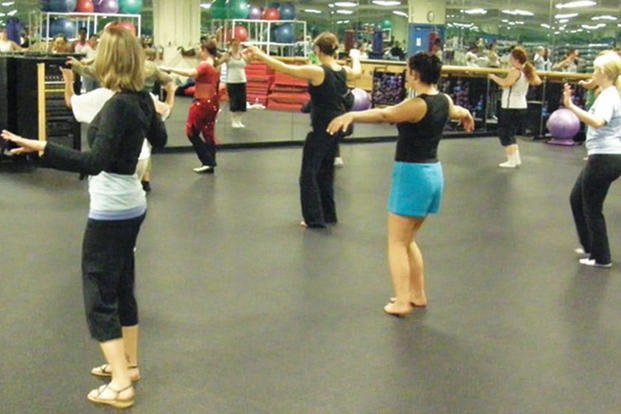This article was written under duress. I try to avoid free classes for two reasons:
1. I doubt a thing's worth it if I don't have to pay for it (that's right, the American dream).
2. The teacher doesn't mind not getting paid, which means they may be a little too excited about their subject (this is dangerous, especially when the class involves physical exertion).
I did everything I could to get out of this assignment, including using the excuse that belly dancing was against my religion. Those were all my initial reactions to this assignment, but I ended up learning a thing or two about belly dancing. (Don't worry; I didn't actually try to dance.) Some things I learned:
1. It is a good workout. It is actually such a good workout that there are warnings against overexertion. (This causes me to imagine the emergency room scene: "So how did this happen?" "I was belly dancing." "...")
2. The origins and purpose of belly dancing are different than the common perception -- that it is "exotic dancing" in the crass sense.
3. The music is actually kind of cool. There are several types of music that belly dancers use, mostly traditional folk music from places as disparate as Russia, Lebanon, Egypt and India. They also use some modern pop; Shakira is the most well-known modern artist. As with most dance, the music is important in belly dance; it serves to set the mood and tempo.
Gulya DeFelice teaches the free Morale, Welfare and Recreation belly dance class at Wheelock Bayou Fitness Center at Fort Polk, Louisiana, and is quick to mention its benefits.
"It doesn't matter how old you are, what size you wear or if you have never danced before. It's about enjoying yourself. And you become a more graceful and happier person," DeFelice said.
DeFelice actually began belly dancing at an MWR gym in Germany during her husband's first deployment to Iraq.
"I was scared and lonely," she said. "My family was in Russia, his in the U.S. -- at this time, my girlfriend told me about a new belly dancing class at the gym. I had no idea what kind of dance it was; I just went out of curiosity and to get out of the empty house a couple of times each week. I had never taken any dancing classes before, but I always liked to dance, so I tried it."
To give Fort Polk women the same opportunity, DeFelice started the class here. It is her first teaching experience, though she has been dancing for four years. She has studied under three other teachers and has participated in workshops with some of the biggest names in belly dancing.
DeFelice extends an invitation to all Fort Polk women to join her class.
"I'm proud of the class. I've invested a lot of time and effort into it," she said.
She warned that women with injuries or health problems should consult their doctor prior to attending.
"If people overdo it, they can get injured very easily," she said. "You need to know your limits."
The class meets at the Wheelock Bayou Fitness Center at 7 on Monday nights. More information on belly dancing can be found at http://www.bellydance.org/.
Want to Learn More About Military Life?
Whether you're thinking of joining the military, looking for fitness and basic training tips, or keeping up with military life and benefits, Military.com has you covered. Subscribe to Military.com to have military news, updates and resources delivered directly to your inbox.

















